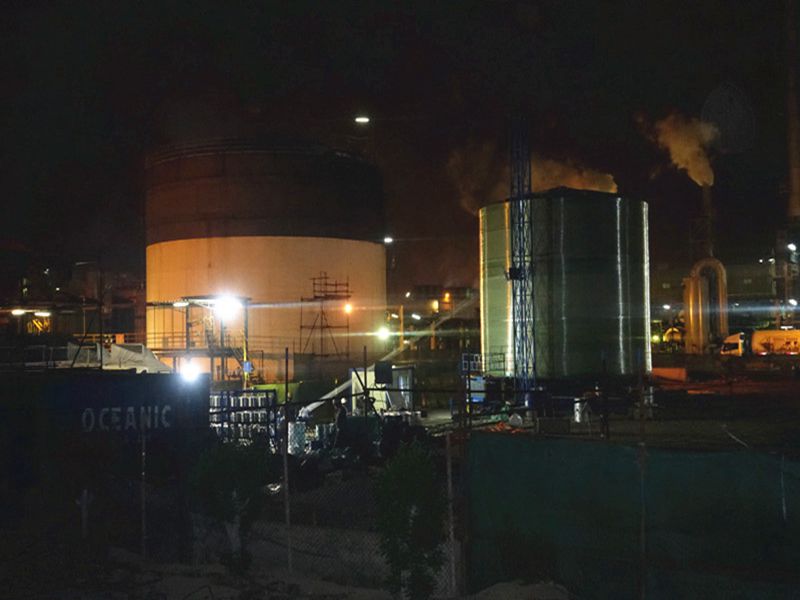
-
 Afrikaans
Afrikaans -
 Albanian
Albanian -
 Amharic
Amharic -
 Arabic
Arabic -
 Armenian
Armenian -
 Azerbaijani
Azerbaijani -
 Basque
Basque -
 Belarusian
Belarusian -
 Bengali
Bengali -
 Bosnian
Bosnian -
 Bulgarian
Bulgarian -
 Catalan
Catalan -
 Cebuano
Cebuano -
 China
China -
 China (Taiwan)
China (Taiwan) -
 Corsican
Corsican -
 Croatian
Croatian -
 Czech
Czech -
 Danish
Danish -
 Dutch
Dutch -
 English
English -
 Esperanto
Esperanto -
 Estonian
Estonian -
 Finnish
Finnish -
 French
French -
 Frisian
Frisian -
 Galician
Galician -
 Georgian
Georgian -
 German
German -
 Greek
Greek -
 Gujarati
Gujarati -
 Haitian Creole
Haitian Creole -
 hausa
hausa -
 hawaiian
hawaiian -
 Hebrew
Hebrew -
 Hindi
Hindi -
 Miao
Miao -
 Hungarian
Hungarian -
 Icelandic
Icelandic -
 igbo
igbo -
 Indonesian
Indonesian -
 irish
irish -
 Italian
Italian -
 Japanese
Japanese -
 Javanese
Javanese -
 Kannada
Kannada -
 kazakh
kazakh -
 Khmer
Khmer -
 Rwandese
Rwandese -
 Korean
Korean -
 Kurdish
Kurdish -
 Kyrgyz
Kyrgyz -
 Lao
Lao -
 Latin
Latin -
 Latvian
Latvian -
 Lithuanian
Lithuanian -
 Luxembourgish
Luxembourgish -
 Macedonian
Macedonian -
 Malgashi
Malgashi -
 Malay
Malay -
 Malayalam
Malayalam -
 Maltese
Maltese -
 Maori
Maori -
 Marathi
Marathi -
 Mongolian
Mongolian -
 Myanmar
Myanmar -
 Nepali
Nepali -
 Norwegian
Norwegian -
 Norwegian
Norwegian -
 Occitan
Occitan -
 Pashto
Pashto -
 Persian
Persian -
 Polish
Polish -
 Portuguese
Portuguese -
 Punjabi
Punjabi -
 Romanian
Romanian -
 Russian
Russian -
 Samoan
Samoan -
 Scottish Gaelic
Scottish Gaelic -
 Serbian
Serbian -
 Sesotho
Sesotho -
 Shona
Shona -
 Sindhi
Sindhi -
 Sinhala
Sinhala -
 Slovak
Slovak -
 Slovenian
Slovenian -
 Somali
Somali -
 Spanish
Spanish -
 Sundanese
Sundanese -
 Swahili
Swahili -
 Swedish
Swedish -
 Tagalog
Tagalog -
 Tajik
Tajik -
 Tamil
Tamil -
 Tatar
Tatar -
 Telugu
Telugu -
 Thai
Thai -
 Turkish
Turkish -
 Turkmen
Turkmen -
 Ukrainian
Ukrainian -
 Urdu
Urdu -
 Uighur
Uighur -
 Uzbek
Uzbek -
 Vietnamese
Vietnamese -
 Welsh
Welsh -
 Bantu
Bantu -
 Yiddish
Yiddish -
 Yoruba
Yoruba -
 Zulu
Zulu
fiberglass food grade equipment a closer look at its features and
A Closer Look at Fiberglass Food Grade Equipment Features and Benefits
Fiberglass has emerged as a popular choice for food-grade equipment due to its unique combination of durability, safety, and versatility. As the food industry continuously seeks materials that meet stringent hygiene and safety standards, fiberglass stands out as an excellent option. This article delves into the features and benefits of fiberglass food-grade equipment, highlighting why it is an increasingly preferred material in food processing and storage.
Durability and Strength
One of the most significant advantages of fiberglass food-grade equipment is its exceptional durability. Fiberglass is composed of a polymer matrix reinforced with glass fibers, which makes it both lightweight and incredibly strong. This composition allows it to withstand heavy loads and rough handling without compromising its structural integrity, making it ideal for high-demand environments such as commercial kitchens, food processing plants, and warehouses.
Resistance to Chemicals and Corrosion
Food processing often involves exposure to various chemicals, including cleaning agents and food additives. Fiberglass is highly resistant to a wide range of chemicals, which makes it a reliable material for equipment that comes into contact with acids, alkalis, and other harsh substances. This chemical resistance not only extends the lifespan of the equipment but also ensures that there is no contamination of food products, thereby maintaining safety and quality standards.
Hygiene and Safety
In the food industry, hygiene is paramount. Fiberglass food-grade equipment is designed to meet strict sanitation requirements. The non-porous surface of fiberglass prevents the absorption of liquids and contaminants, making it easy to clean and sanitize. Furthermore, fiberglass does not support the growth of bacteria or mold, which is crucial for maintaining a sanitary environment. This characteristic helps food manufacturers comply with health regulations and avoid potential food safety issues.
fiberglass food grade equipment a closer look at its features and

Versatility in Design
Fiberglass food-grade equipment is versatile and can be molded into various shapes and sizes to meet specific needs. Whether it's storage tanks, conveyor belts, or specialized utensils, fiberglass can be customized to fit the unique requirements of different food processing operations. This adaptability makes it a valuable material for manufacturers who need solutions that cater to their particular workflow and product lines.
Lightweight Nature
Another noteworthy feature of fiberglass is its lightweight nature. Compared to metal alternatives, fiberglass is significantly lighter, which can lead to reduced transportation costs and easier handling. This attribute is particularly important in environments where mobility is key, as it allows workers to move equipment with greater ease, minimizing the risk of accidents or injuries.
Cost-Effectiveness
While the initial investment in fiberglass food-grade equipment may be higher than some traditional materials, the long-term cost benefits are substantial. Its durability and resistance to corrosion and chemicals reduce maintenance and replacement costs over time. Additionally, because it exceeds many safety and hygiene standards, businesses can save on potential fines and liabilities associated with food safety violations.
Conclusion
In conclusion, fiberglass food-grade equipment offers a wealth of advantages that make it a standout choice for the food industry. Its combination of durability, chemical resistance, hygiene, versatility, lightweight nature, and long-term cost-effectiveness makes it an ideal material for various applications. As the food sector continues to evolve, embracing innovative solutions like fiberglass will undoubtedly contribute to enhanced safety, efficiency, and quality in food production and processing.
Latest news
-
Exploring the Benefits of Top Hammer Drifter Rods for Enhanced Drilling PerformanceNewsJun.10,2025
-
High-Precision Fiberglass Winding Machine for GRP/FRP Pipe Production – Reliable & Efficient SolutionsNewsJun.10,2025
-
FRP Pipes & Fittings for Shipbuilding - Corrosion-Resistant & LightweightNewsJun.09,2025
-
Premium FRP Flooring Solutions Durable & Slip-ResistantNewsJun.09,2025
-
Premium Fiberglass Rectangular Tanks Durable & Lightweight SolutionNewsJun.09,2025
-
Tapered Drill String Design Guide Durable Performance & UsesNewsJun.09,2025









